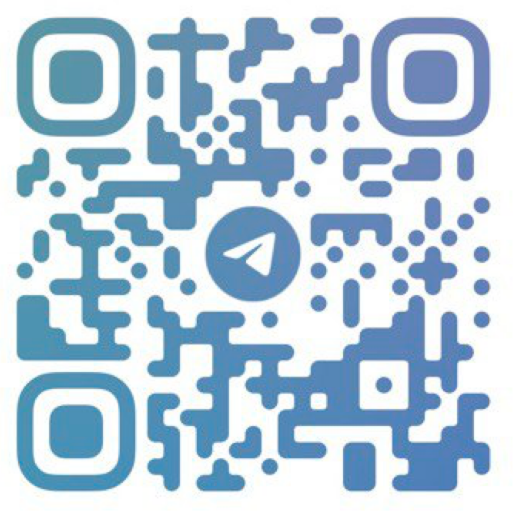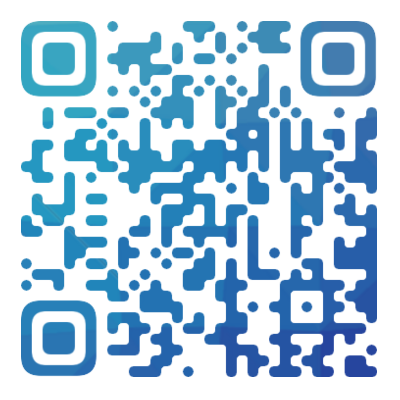










Swap Development Translation site
The fundamental principles of decentralized Swap development..
Tags:principle swap Swap development TechnologyThe logic behind the development of Decentralized Swap.
Blockchain Swap is a decentralized trading platform based on smart contracts, which realizes asset exchange and circulation by smart contracts and has been widely used in cryptocurrency markets. In the development of Swap, Java is a common development language with high reliability and security, which can provide good support for the development of Swap. This paper will introduce the development process of blockchain Swap and the architecture plan of Java development from the technical point of view, and quote the expert views to analyze and evaluate it.
SwapBlockchain Swap Custom Development Contact
Contact Telegram t.me/dexdao123
Join Our Community t.me/dexnav
一、Principles and Applications of Swap
The principle of decentralized Swap, commonly used in cryptocurrency markets, is typically applied to facilitate transactions. Unlike traditional financial markets, Swap is a decentralized financial instrument that does not require centralized exchanges or brokers to complete transactions. Instead, it achieves transaction automation and decentralization through smart contracts.
The main applications of Swap include the following:
- Asset exchange: Swap enables the exchange of different tokens, such as ETH and USDT.
- Liquidity provision: Swap allows users to provide liquidity and earn rewards, a process known as liquidity mining.
- Leveraged trading: Swap enables leveraged trading by utilizing borrowing and other mechanisms to increase trading returns.
The principle of Swap is relatively simple, primarily relying on smart contracts to facilitate asset exchanges. In Swap, users need to provide their assets and specify the desired assets they wish to receive. The smart contract automatically calculates the exchange rate and fees, and returns the exchanged assets to the users. The typical process of Swap is as follows:
- Users select the assets and quantities they want to exchange and send them to the smart contract.
- The smart contract calculates the quantity of exchanged assets based on the current exchange rate and fees.
- The smart contract sends the exchanged assets to the users and deducts the corresponding fees.
二、Swap Architecture Solution with Java Development
Java is a popular programming language known for its high reliability and security, commonly used in blockchain development. In Swap development, Java can be utilized as the programming language for smart contract development as well as frontend development. Here is a Java-based Swap architecture solution.
- Smart Contract Layer
The smart contract is the core component of Swap, responsible for implementing asset exchange and circulation. In Java development, Solidity language can be used to write smart contracts, which can then be deployed to the blockchain using the Web3j library. Web3j is a Java library specifically designed for interacting with the blockchain. It can convert Java code into smart contract bytecode and deploy it to the blockchain. Web3j also provides convenient APIs to facilitate developers in interacting with the blockchain.
The functionalities of the smart contract layer include:
- Implementing asset exchange functionalities, including exchange rate calculation and automation of the exchange process.
- Implementing liquidity provision functionalities, including asset storage and calculation of liquidity mining rewards.
- Implementing leveraged trading functionalities, including borrowing assets and interest calculations.
- Database Layer
The database layer is responsible for storing relevant data in Swap, including user assets, transaction records, and liquidity pools. In Java development, MySQL or other relational databases can be used to store the data. The functionalities of the database layer primarily include the following:
- Store user asset information, including held tokens and quantities.
- Store transaction record information, including exchanged tokens, quantities, and exchange rates.
- Store liquidity pool information, including tokens and quantities in the pool.
- Frontend layer.
The frontend layer is the user interface of Swap, responsible for presenting the trading interface and relevant information to users. In Java development, frameworks like Spring Boot or others can be used to develop front-end applications. The functionalities of the frontend layer mainly include the following:
- Displaying the trading interface of Swap, including information such as exchanged tokens, quantities, and current exchange rates.
- Providing user asset querying and operation functionalities, including querying held tokens and quantities, as well as sending transaction requests.
- Offering functionalities for liquidity provision and borrowing, including operations like adding/removing assets and borrowing assets.
三、User Interaction and Workflow Development
Below is a simple development process and user interaction flow for Swap:
- The user enters the main interface of the Swap application and can view the supported tokens and their balances.
- The user selects the desired token and quantity to exchange and enters the amount to be exchanged.
- The application calls the smart contract to retrieve the current exchange rate and calculates the required token amount for the exchange.
- The application displays the exchange details to the user, including the exchanged token, quantity, current exchange rate, and required token amount.
- The user confirms the exchange request, and the application converts it into a transaction and broadcasts it to the blockchain network.
- The smart contract executes the exchange process, converting the user's assets into the target token and transferring it to the user's wallet address.
- The application displays a success message to the user and updates their token balance accordingly.
Building upon this, the Swap application can further provide liquidity provision and borrowing functionalities, allowing users to participate in activities such as asset liquidity mining and leveraged trading. The specific interaction processes and workflows can be adjusted and modified according to the specific application requirements.




